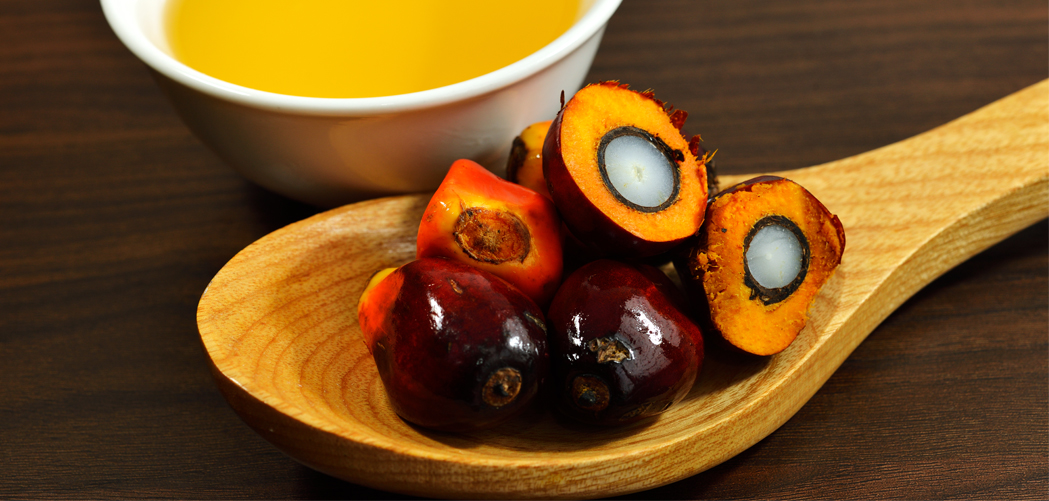Fats Without Trans Fats
Many of the food uses of oils and fats depend on the consistency or body. A simple example – you can’t pour margarine or butter on salad, and you can’t spread olive oil on bread. A solid character to a varying degree is necessary in fats for margarine, for bakery products, for ice cream. Historically, this solid character was provided by animal fats, but these are little used in margarine and bakery fats nowadays.
The liquid oils can be modified to have a solid consistency by hydrogenation. Hydrogen is added to some of the unsaturated component fatty acids, so increasing the average saturation of the oil. The process takes place at around 100°C when the oil is mixed with hydrogen gas in the presence of a catalyst.
This sounds very simple but at the molecular level there is a complication. During hydrogenation the unsaturated acid has to go through an intermediate stage. At this point the kink at the double bond is ironed out, the chain becomes straight but the double bond is still there. It is now a ‘trans’ unsaturated fatty acid (trans fat). Partly-hydrogenated oils always contain a mixture of saturated acids, unchanged unsaturated acids and trans fats. Trans fats are now known to be nutritionally undesirable, since research has shown that they raise the level in the blood of undesirable ‘LDL cholesterol’ which is involved in the process of clogging up the arteries. At the same time they also decrease the blood level of the desirable ‘HDL cholesterol’ which removes excess cholesterol from the blood stream.
Two approaches are used to make consistent fats without trans fats:
1. If you completely hydrogenate liquid oil, so that all double bonds are saturated, clearly you no longer have any trans fats. However, such a fat is as hard as bricks and, on its own, of no use in food. Another simple chemical process, ‘interesterification’ comes into play. The fully saturated fat is melted and mixed with liquid oil.A catalyst is added, which induces all the fatty acids to disconnect from their glycerol and re-attach to some other available glycerol in a random manner. If you get the right proportions of the ingredients, you finish with a fat of just the desired consistency.
2. The second approach uses palm oil or its higher melting fraction, palm stearin, either in a mixture with other oils, or by using the interesterification procedure on a mixture designed to get the characteristics needed.
The choice between the two approaches will depend on circumstances; for example, the availability of locally produced oils may point to the first method. In many situations the palm oil method is the more economic, as in the USA.
excerpt from Quality and Functions of Palm Oil in Food Applications









Leave a Reply